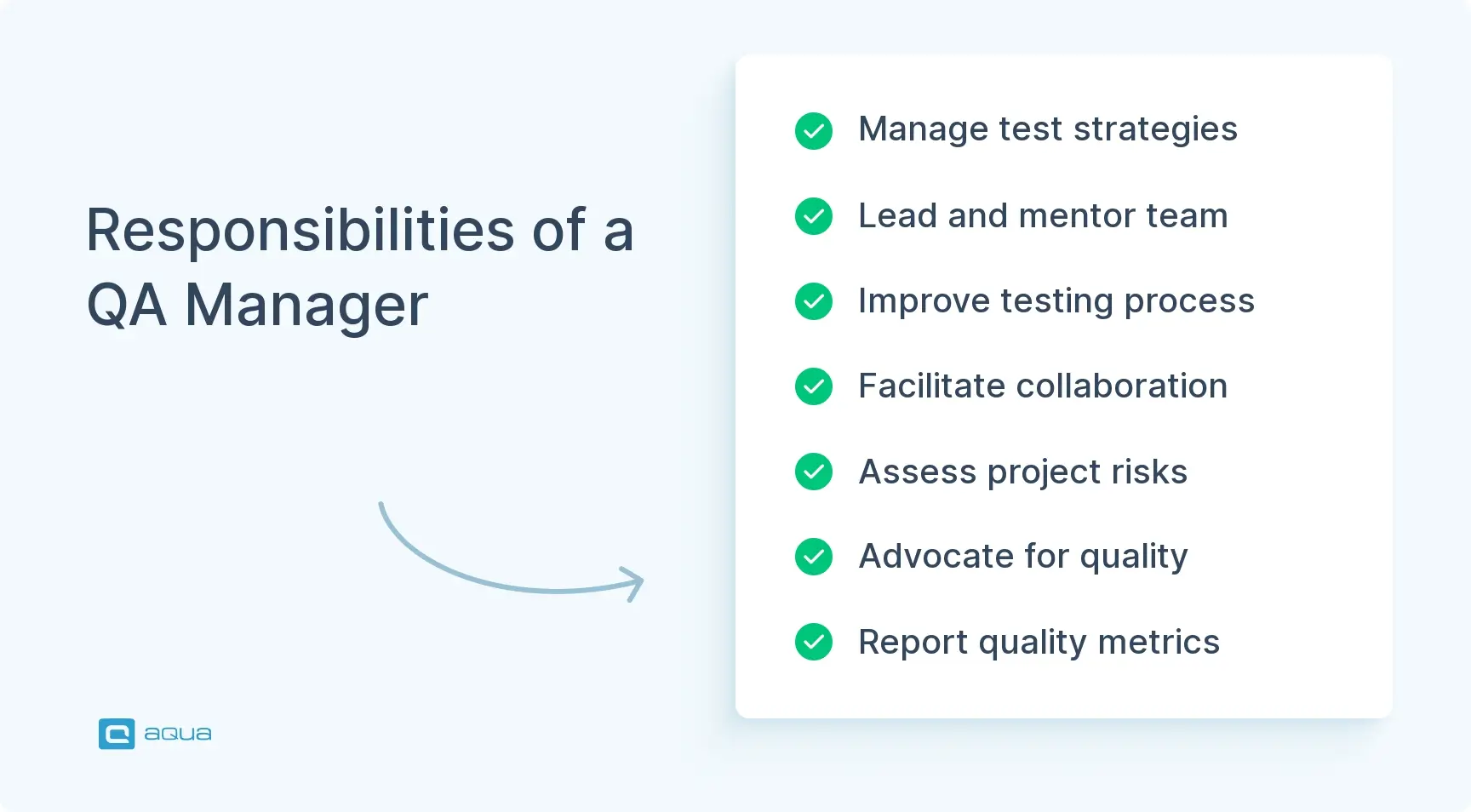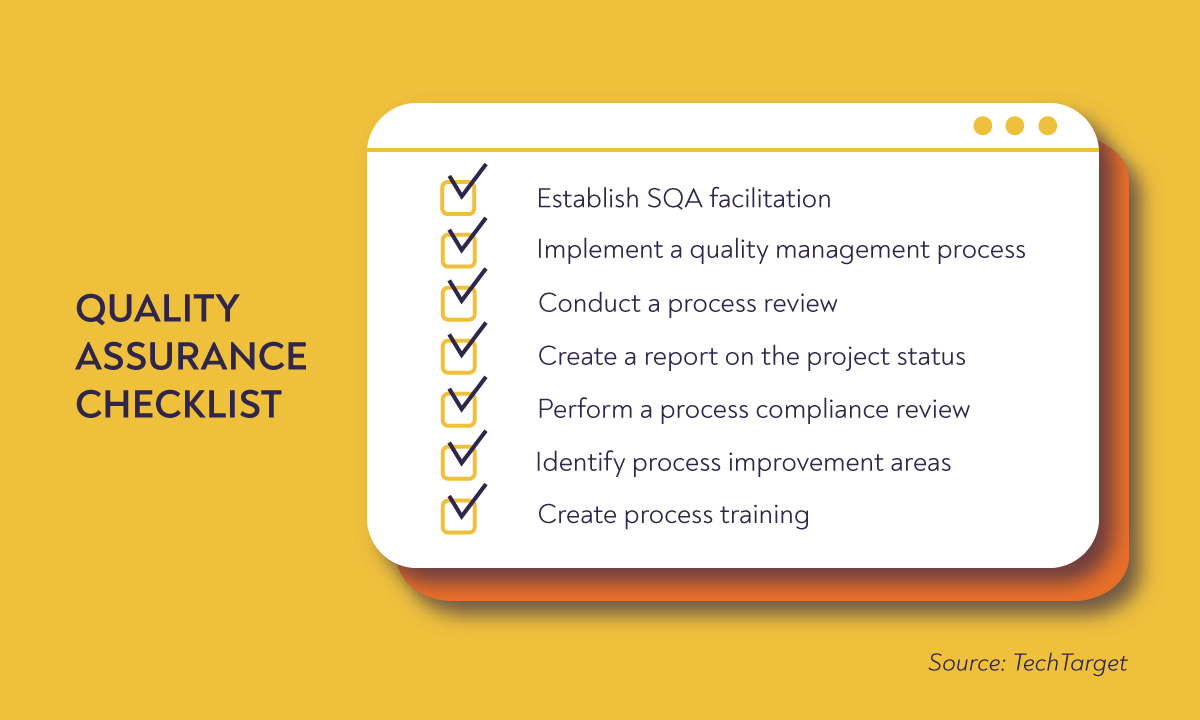In order to become a better QA manager, you need to know what good QA looks like and how to encourage your team to take ownership of it. Here are 10 tips to become a better QA manager and how to improve your QA skills. You can get more advice in the video:
1. Be a better communicator
You can’t manage quality assurance if you don’t know how to communicate with your team. Unspoken problems cause more problems in your product development process.
So work on improving your communication skills by listening more and talking less, asking questions instead of making assumptions, and repeating back what you’ve heard so you’re sure you understand each other.
Still struggling with team communication? Use modern platforms like Slack or Teams alongside test management tools like aqua cloud that plug right into your development ecosystem. Solutions like Jira with aqua cloud centralise information and make feedback visible to everyone who needs it. The best QA managers typically save 3-4 hours weekly by eliminating those endless “what’s the status?” emails.
Better project management with an all-in-one tool for QA
2. Know when to delegate
You don’t have to do everything yourself. And if you try, it’ll be harder for your team members to grow their skills, as well as it will be for them to help you out! If a task is outside of your expertise or just not fun for you, give it to someone with those skills or interests instead of forcing yourself into doing it anyway because it’s part of your job description.
Let’s explain this point a bit further.
Effective Delegation and Empowering Ownership
Great QA leaders don’t just hand off tasks. They transfer ownership. Start by mapping your team members’ skills to challenges that’ll push them just enough. When delegating, be crystal clear about the ‘what’ and ‘when’ but give them room on the ‘how.’
Assign dedicated domains like automation frameworks or specific feature testing to individuals, letting them make key decisions without constant approval. This approach cuts decision bottlenecks by nearly half.
Encourage peer reviews. But not to micromanage. You want to spread knowledge across the team. Teams governed this way typically show higher engagement scores and solve problems faster than top-down environments.
Your team develops muscle memory for ownership while you get bandwidth for strategic quality initiatives.
3. Know how to run an efficient meeting without micromanaging everyone's time (and lives)
If you want your employees’ full attention during meetings so they can get things done efficiently AND feel like they have time off between meetings. So they don’t feel overworked or stressed out by constant meetings every day (or week), then you need to learn how to run meetings effectively so that people actually enjoy coming.
Here our COO Martin wrote an article about how to boost productivity with better meetings — highly recommended to read.
4. Practice empathy
An old Latin phrase that says ‘Homo homini lupus est’ (a man is a wolf to another man) doesn’t work anymore. Because you and your team work towards the same goal — to meet the expectations of your clients.
But you can’t expect your team to be able to predict the needs of your customers if you don’t, do it yourself. As a QA manager, you should strive to understand what your customers want and how they want it. If you don’t have a good sense of what matters to them, it will be very hard for you to communicate this effectively to your team.
5. Be clear about what you want
When you put your best efforts into better QA team management, it’s important to ensure that everyone is on the same page about what needs to be done and how it should get done — this is even more important when multiple people are involved (e.g., developers). QA managers should help their teams clarify these expectations by providing guidance as needed and ensuring everyone is aware of what’s expected from them daily.
6. Communicate clearly
It’s important that everyone understands each other when working together — especially if there are multiple people involved (e.g., developers). This means being clear about the goals of the project, who’s responsible for certain tasks, etc. so that everyone knows what they’re supposed to do without having to ask questions or interrupt someone else at work.
7. Treat criticism as your best friend
Accept criticism gracefully and take it as an opportunity for improvement! Your team members are more likely to speak up when they see something wrong with what’s happening around them if they know they won’t be judged for doing so (and that they won’t be punished). Criticism from your team can give you some insight into good skills that QA must improve.
8. Always be on top of the latest trends in your field
This means reading industry blogs and magazines, following thought leaders on Twitter or LinkedIn, and getting involved with industry groups like ACM SIGSOFT. It also means ensuring you’re always aware of how these trends affect your work — you don’t want someone else telling you about something important before it becomes relevant!
9. Foster a culture of continuous learning
Encourage your team to embrace learning opportunities, whether through workshops, certifications, or knowledge-sharing sessions. A culture that values ongoing education keeps the team updated and motivated.
10. Data-Driven Quality Assurance
Drive QA decisions with data, not guesswork. Track metrics like escape rates and test flakiness to spotlight where your team should prioritise efforts. Many teams find that visualising these trends reveals surprising patterns that standard reports miss. You need to start logging which features consistently produce the most critical bugs, then adjust your testing allocation accordingly. Your stakeholders will appreciate how you’re connecting quality metrics to actual business outcomes.
Integrating AI and Automation into Your QA Practices
AI and automation are transforming QA workflows, and smart managers are jumping on board. As you lead your QA team, look for AI tools that take the grunt work out of test case creation and help predict where defects might pop up. These systems can spot high-risk components before they cause headaches and suggest precise tests that cut testing time nearly in half.
Start with codeless automation tools. They’ve become surprisingly powerful and let both technical and non-technical team members build automated tests in days rather than weeks.
The tech should supercharge your team. By embracing these tools, you’ll free up your people to focus on the complex testing scenarios machines still struggle with. Your testing becomes more strategic, less repetitive, and better aligned with today’s rapid delivery cycles.
Responsibilities of QA manager
Some might question: are we expecting too much from this role? Traditionally, the perception of a QA manager’s duties is somewhat straightforward—focused on specific tasks like ensuring bug-free software. However, we’re taking a more comprehensive view. So, the duties of a QA Manager include:
- Managing Test Strategies: Develop and manage testing procedures, ensuring they align with project goals and quality standards. It’s like being the architect behind ensuring our products meet the mark.
- Team Leadership: Guide and mentor the QA team, providing direction and support to achieve quality objectives. It’s about being the captain steering the ship toward excellence.
- Process Improvement: Identify areas for enhancement in testing processes, constantly striving to make things smoother and more effective. Think of it as fine-tuning an engine for peak performance.
- Collaboration & Communication: Facilitate clear communication within teams and other departments to ensure everyone’s on the same page. It’s like being the glue that holds different parts of a project together.
- Risk Assessment: Assess potential project risks and mitigate them early on to avoid issues. It’s like being a detective, identifying potential trouble before it arises.
- Quality Assurance Advocacy: Champion a quality culture throughout the organisation, emphasising its importance in every aspect of the development process. It’s like being the advocate for excellence in everything we do.
- Metrics & Reporting: Track and report on key quality metrics to stakeholders, providing insights for informed decision-making. It’s about clearly showing where we stand and where we can improve.

As a QA Manager, you should guide the team to navigate complexities, streamline processes, and maintain a quality-driven approach. When you implement these strategies, you’re elevating the entire development process and paving the way for your career success. Your ability to consistently deliver high-quality products reflects positively on the team and enhances your professional reputation and career trajectory within the organisation.
Conclusion
It’s not a secret that there are no easy ways to become a better manager, but you have to accept the fact that it’s not easy. Without practising and implementing some of the tips from this article, you won’t get better by magic. So if you’re up for some challenges and if you want to improve your management skills, take your time, try each tip and let the results speak for themselves.

So you need to keep yourself updated with the latest technology trends and focus on every aspect of testing because every mistake may cost you clients, money and opportunities. In order to improve QA skills, focus on enhancing your skills on one or two things at a time. Don’t try to do everything at once. Be patient, have faith in yourself, and this will be the right way.
Enhance your workflow with a couple of clicks

















